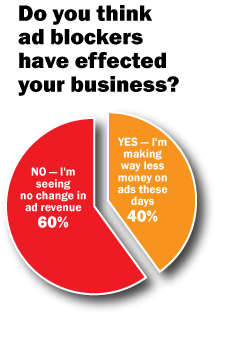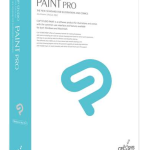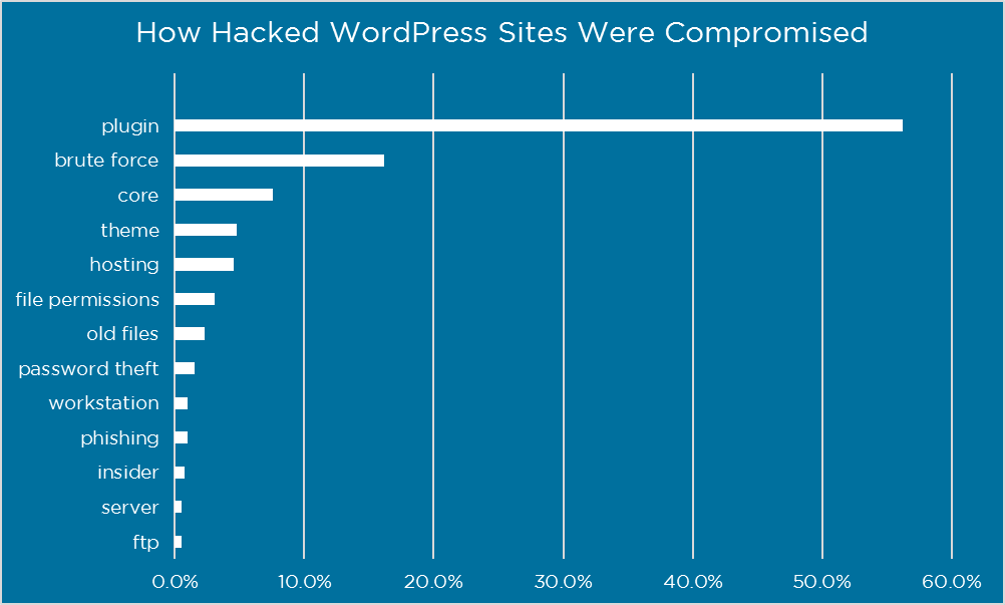Choosing an eCommerce Solution
You don’t need a subscription to read today’s post!
If you’d like to join the site, you can get a 12-month subscription for $30 — or you can get a one-month Trial for $5 … with no obligation after your 30 days expire. For less than three bucks a month, you can get a steady flow of information, tutorials and advice targeted towards your webcomic business — plus a private forum to discuss issues with other professionally minded cartoonists.
There are a ton of options available to someone who wants to set up an online store, but how do you tell a good eCommerce solution from a bad one? Here are five features to consider.

Image by Creative Tools (CC BY 2.0)
Shipping
I looked at Square, briefly, as a Web storefront solution.
It’s actually a snazzy darned offering, but there was one* small problem that kept me from pulling the trigger: The way it handles shipping.
The site advised using a shipping calculator to assign a flat shipping cost to each item. And that’s a deal-breaker for me. Inevitably, one of two problems arise. In the case of multiple orders, my customers get charged far too much for the purchase and those high-value sales get discouraged. And in some cases (such as international orders), my customers get charged too little, and I end up eating the difference.
The better solution assigns each item a *weight* and then totals that weight of the final order. It totals that weight up, gives the customer shipping options, and then charges shipping based on those variables — plus the final destination of the package.
Take it from someone who spent years getting burned both ways on flat shipping pricing — undercharging for international orders and missing sales from overcharging — this is a must-have option for *any* Web storefront solution.
Speed
This is true of any plug-in, but monitor your site speed before and after installing your online store software. Pingdom has been endorsed on this site for that use. So has the YSlow browser plug-in. Bottom line: if your store is slowing your site down, it’s costing you more than sales.
Usability
Here’s a checklist of features to look for:
- Categorization — can I separate books from T-shirts?
- Cross-promotion — can I suggest a T-shirt when someone orders a related book?
- Easy creation of new items — can I clone an old item that’s similar and work from there?
- Coupons/discounts — Can you create a coupon code for a specific item in your store… or are you limited to offering a flat amount/percentage to a user?
- Record-keeping — Can you track sales / inventory easily? When it comes time to pay quarterly sales tax, for example, is it easy to tally the sales by geography?
- Sales tax — Speaking of which… can you easily add sales tax to applicable sales?
- Social media — Is it easy for people who shop at your site to share their love of your merchandise via social media?
- SEO — I like having SEO options on my store items
Design
Does your store software make it easy to present an organized, attractive catalog of offerings to your fans?You’d be surprised how many storefronts don’t get this right — and don’t offer alternatives. You need a storefront that will look good on your site, and present items in the way you feel they should be prioritized.
WordPress users, I would lean towards a solution that incorporates themes into the store software, so enable you to tweak and perfect the experience. In general, I would shy away from any storefront that makes the user feel as if they’re being directed to a different site for the transaction.
Deciding to purchase an item from a webcartoonist is dicey enough for some fans. Making them feel as if you’re redirecting them to a middleman for the arrangement may be a stopper for those kinds of fans.
Endorsements
Most of all, I’d collect endorsements from webcartoonists (whose business sense you respect) as to what ecommerce software they’re using — and whether they feel it’s doing the job to its fullest.
To that end, here’s a list of estore apps that have gotten favorable mention here at Webcomics.com:
These have received unfavorable mentions (check this forum post for details on most of these).
- WooCommerce
- ZenCart
- Square — which is, however, highly rated for point-of-sale credit-card transactions — such as comic conventions!
What about you?
- What do you look for in an ecommerce solution that I didn’t mention above?
- What software are you using now?
- Do you like it or not — and why?
* OK, there was another reason I decided against using Square as an online store solution: “Square Market is limited to customers shopping in the United States and shipping to U.S. addresses. Customers outside of the U.S. will not see a shopping cart option.” That’s kind of a deal-breaker for me.























